Hai Thai is a commune in the midland hilly area located to the west of Gio Linh district, where the Ho Chi Minh trail passes through. In this very peaceful land, there is a tragic and heroic past when during the resistance war against the US, saving the country, it was the place where the enemy's important military base was located and also the place where many glorious feats of arms of our army and people were recorded. Along with Doc Mieu base in the McNamara electronic fence line, Con Tien base was built to carry out the plot to control a large area of the border area with dense bombs, mines, trenches, war vehicles and a large force of elite soldiers of the US and its henchmen. The history of Hai Thai commune's formation began with the migration from the plains to reclaim new land nearly half a century ago. How much blood, sweat, and tears were shed so that today, Hai Thai commune has confidently taken steps towards prosperity and wealth...
Desire for peace
The ancients passed down the story that on the 158 high point in the west of Gio Linh district, there was a large stone slab 3 meters high, 4 meters long, 2 meters wide, with a flat surface shaped like a chessboard. Legend has it that every afternoon when the sun set, seven fairies dressed in pure white clothes flew down from the sky to play chess and bathe in the stream. Therefore, the locals named it Con Tien Cave.
The romantic images from the legend that evoked peace were no longer mentioned since the Con Tien base, which was part of the US-puppet North Quang Tri defense system, was established in 1967. Con Tien base was an important link in the McNamara electronic fence line, where fierce confrontations between the US-puppet and our army and people took place. Today, Con Tien-Doc Mieu base is one of the typical revolutionary historical relics in the resistance war against foreign invaders of Quang Tri province.

Rice fields full of grain next to planted forests and green rubber forests in Hai Thai commune, Gio Linh district - Photo: D.T
The chronicles recorded that on March 19, 1975, Hai Lang, the last district of Quang Tri province, was completely liberated. The war ended, and the people of Quang Tri enthusiastically started to build a new life. However, the consequences of the war were still very severe, with barren land and dense bombs.
Faced with a difficult and challenging situation, the Provincial Party Standing Committee issued Resolution No. 136-NQ/TU dated August 23, 1975 on adjusting the population to build new economic zones in the province to redistribute the population and labor force in the regions, resolve the imbalance between population and land, exploit the strengths of the regions in the province, and gradually develop the economy.
Responding to the call of the Party and the State to build new economic zones, on September 20, 1975, people from 4 communes: Hai Quy, Hai Tri, Hai Truong, Hai Tho of Hai Lang district set out for Gio Linh district to start a business. On September 22, 1975, the last truck of Hai Lang district carrying people to Gio Linh stopped on a hill covered with wild grass, reeds, and still smelling of gunpowder.
From here, the people of Hai Lang rice land reunited together to form Hai Thai commune. They "carried the name of the commune, the name of the village on each migration trip" as a verse of poet Nguyen Khoa Diem. "Hai" from the place name Hai Lang is the original hometown, "Thai" in the aspiration for peace, harmony, prosperity. Hai and Thai, both are the support of each other, peacefully moving, creating the prosperous midland countryside today.
As the native children of Hai Lang, the people of Hai Thai commune always carry within themselves the virtues of diligence and creativity in labor and production; at the same time, Gio Linh is the second homeland that has passed on to the people of Hai Thai the spirit of bravery, indomitability, and not retreating before any difficulties and hardships in the work of protecting and building the homeland. From the fine traditions of the two homelands of Hai Lang and Gio Linh, the people of Hai Thai have instilled in them a strong belief in the path of national renewal under the leadership of the Party, and a determination to build their homeland to become increasingly prosperous and beautiful... |
The elders recounted that when the commune was first established, it had 803 households and 4,230 people, including 1,620 main workers. Coming out of the brutal war, the people of Hai Thai, like many people in Quang Tri in the post-war period, had no assets, only two empty hands. People had to work hard to reclaim land full of bombs and bullets to grow rice, potatoes, and cassava to relieve hunger; to fill bomb and artillery craters to build houses and gardens. At that time, roads, food, and clothing were still very difficult.
On the village road that runs through the hills, it is just wide enough for a person’s feet to walk on. If they deviate a little, the remaining mines and grenades will explode. With only a hoe and an iron rod in hand, the people of Hai Thai search for remaining explosives, neutralizing the threat of bombs and bullets before striking the ground with their hoe.
A hoe strike to the ground here is a life-or-death choice. Statistics show that, within just three months (October - December 1976), Hai Thai people cleared and removed nearly 9 tons of bombs, mines, and artillery shells; reclaimed over 170 hectares of land, of which 100 hectares were planted with potatoes and cassava, and nearly 70 hectares were planted with hill rice. To gradually fill the barren hill land due to bombs and harsh weather, the commune established a nursery, growing 1,000 seedlings each season including jackfruit, bamboo, and eucalyptus; 7 production corporations all had nurseries, proactively providing seedlings for forest planters.
The touching thing is that the more green the land is, the more Hai Thai people have fallen or been injured by the remaining bombs. In order for the land to revive and to build and start a business from the land in Hai Thai, many innocent people had to pay the highest price in blood!
There were two major local events that had a profound impact on the development of Hai Thai commune. On March 19, 1979, Con Tien High School was established under Decision No. 304/QD-UBND of the People's Committee of Binh Tri Thien province, laying the foundation for the career of "cultivating people" in the West Gio Linh area. On June 1, 1985, Hai Thai commune merged into Con Tien State Farm.
During the period from 1986 to 1992, Hai Thai people wore workers' uniforms, working on their homeland with a completely new and progressive style. After Gio Linh district was re-established for nearly 2 years, in March 1992, 6 communes in the Western region were brought back to the district for management. From here, Hai Thai commune returned to its old name, receiving many new advantages to continue building and developing its homeland...
The road to prosperity
Having a lot of contact with the people of Hai Thai, there is one quality that I always appreciate, that is they never once show anyone that they are tired or lack of faith, even in the most difficult and arduous times. From the time when their bare feet clung to the roads covered with red dust, littered with bombs and bullets, not even a meter of concrete in the village, let alone the road to the fields, until the homeland was lit up by the long and wide Ho Chi Minh road, with roads in hundreds of directions a hundred times more convenient than before, the people of Hai Thai still maintained their beauty, confidence, diligence in work, and cleverness to rise up to be the masters of their own lives.

A house with a garden decorated with bomb shells left over from the war in Hai Thai commune, Gio Linh district - Photo: D.T
With a terrain mainly of hills and mountains sloping from West to East, the total natural land area is over 2,500 hectares, but Hai Thai commune has an agricultural land area put into production of 2,304 hectares, accounting for 91%. Since the implementation of new rural construction, agricultural production has achieved many results, especially the development of many crop models associated with product consumption; livestock and aquaculture have brought high efficiency; agricultural mechanization from land preparation to harvesting has developed strongly.
Infrastructure investment has basically met the requirements of socio-economic development, directly serving the production and life of the people. It can be affirmed that the construction of new rural areas is gradually contributing to changing the face of the countryside, the quality of education, health care and culture has been improved; the political system from commune to village has been consolidated; the income and living conditions of the people of Hai Thai commune have been improved.
Now in Hai Thai, the green of planted forests, rubber, pepper, fruit trees in home gardens and hill gardens have covered the barren hills. Many models of cattle raising in the direction of farms, models of growing green-skinned grapefruit, growing Vinh oranges, applying Israel's drip irrigation technology; models of growing Morinda officinalis, and vetiver plants to produce incense... have been born.
One highlight is that the main income of the people in the commune is rubber trees with an area of over 793 hectares put into exploitation, the average yield is estimated at 125 quintals/ha/year (dry weight), the output is nearly 9,000 tons. Pepper trees are put into exploitation on over 18 hectares, the yield is nearly 15 quintals/ha, the output is over 27 tons. The forest area is also expanded to over 600 hectares. The commune's main products are basically purchased by factories and contracted establishments in the locality, including chip factories purchasing planted forest wood, wood processing workshops and many establishments purchasing rubber latex. Since the implementation of new rural construction, by the end of 2022, the average income per capita of the commune has reached over 45 million VND.
It can be said that the Fourth Industrial Revolution and digital transformation are fundamentally changing the operating mechanism of the economy and social movements. Although a locality in the midlands, Hai Thai commune has also undergone a very clear transformation. All villages in the commune have internet connection to meet the needs of the people; the percentage of households using computers and phones with internet connection reaches 85%.
The commune agency applies information technology in management and operation, 100% of commune officials and civil servants are provided with computers for work, the commune uses software and digital signatures, uses software to apply document management and operation systems; the email system, electronic one-stop shop are deployed, contributing greatly to administrative reform, bringing many conveniences and benefits to people and businesses...
...At night, returning from visiting a friend's house in Hai Thai, the car took me through a vast, peaceful rubber garden. I could see people's figures on the plots diligently collecting each drop of "white gold" oozing from the sturdy rubber trees. The space was so quiet, "so quiet I can only see it in my dreams" as Russian poet Alexander Blok once wrote.
To have peaceful years to the point of feeling even quiet moments on the land once known as the "fire coordinates", "blood hill", "minced meat hill" full of bombs and bullets, the people and land of the West of Gio Linh have gone through a journey of hardship and sacrifice, fighting bravely with their homeland and country until the day of North-South reunification.
A colleague of mine from Cam Lo told me that he often picked up and dropped off his friends who were guests from all over the place on the road through Hai Thai commune. He never once looked at the rows of rubber trees along the road and was moved by the two words "peace". It was concrete and close, obvious and convincing with the fragrant rice meals every day, with the spacious house under construction, with the immense green color and the endless rows of rubber trees standing in formation like soldiers...
And you dropped a sentence that made me feel nostalgic: "At the Truong Son National Martyrs' Cemetery, next to those rubber gardens, the graves of soldiers also stand in a formation like that"...
Dao Tam Thanh
Source



![[Photo] Deep sea sand deposits, ancient wooden ship An Bang faces the risk of being buried again](https://vphoto.vietnam.vn/thumb/1200x675/vietnam/resource/IMAGE/2025/11/13/1763033175715_ndo_br_thuyen-1-jpg.webp)
![[Photo] Special class in Tra Linh](https://vphoto.vietnam.vn/thumb/1200x675/vietnam/resource/IMAGE/2025/11/14/1763078485441_ndo_br_lop-hoc-7-jpg.webp)


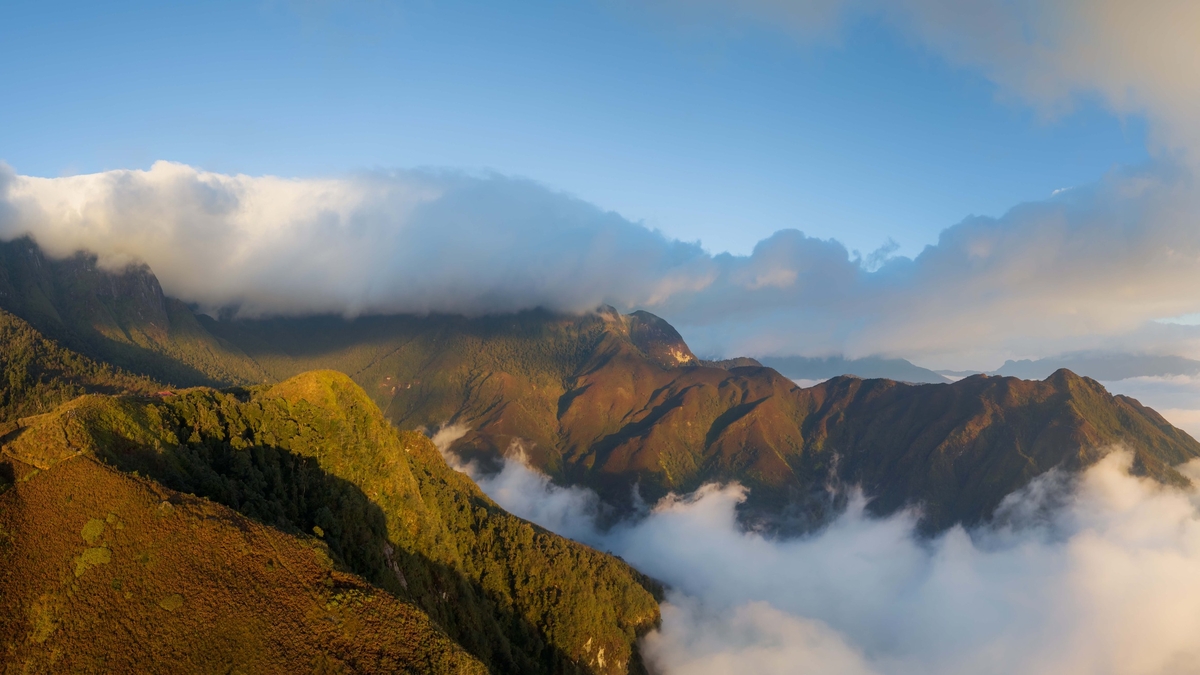
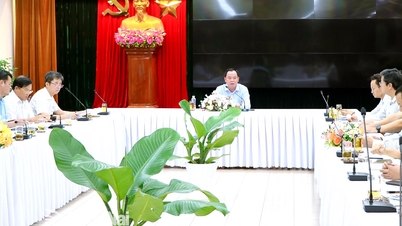





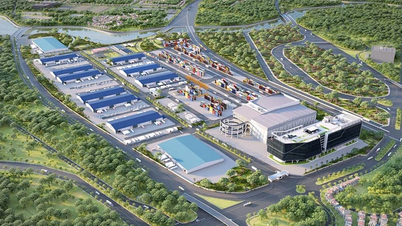

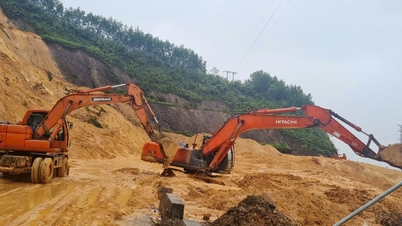

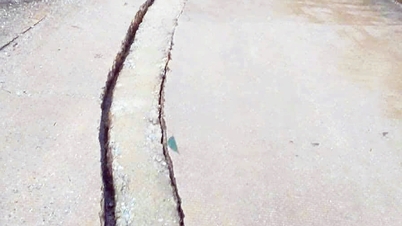

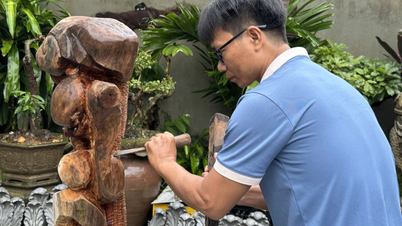


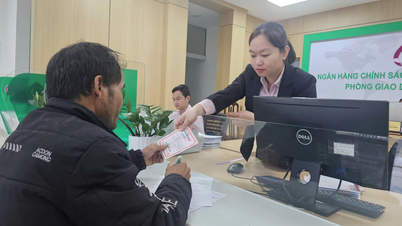
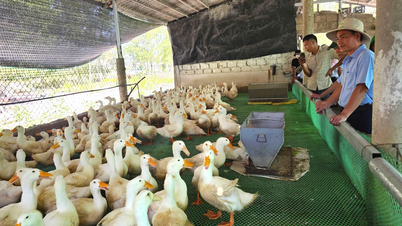


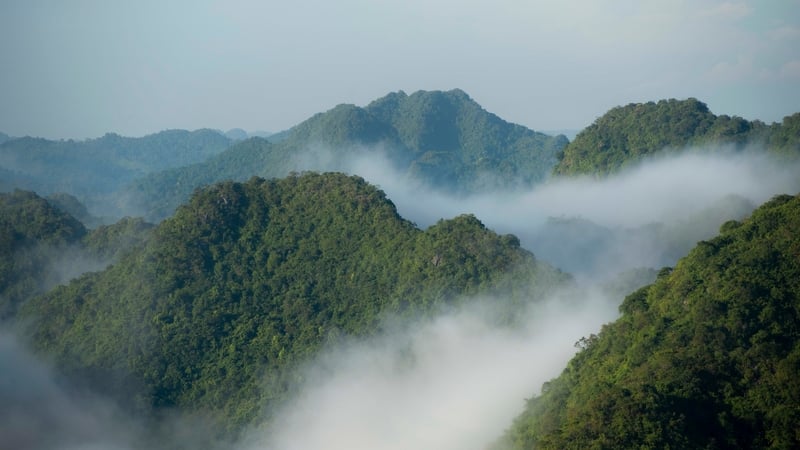



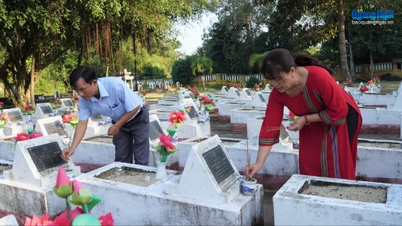
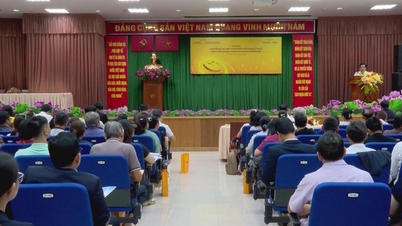


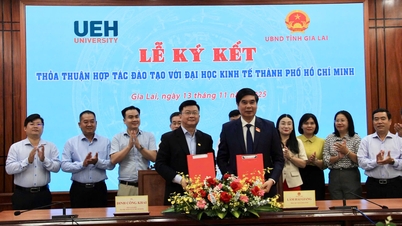
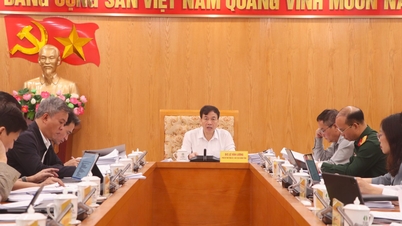




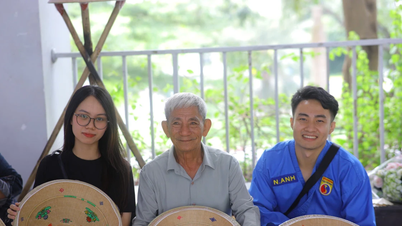





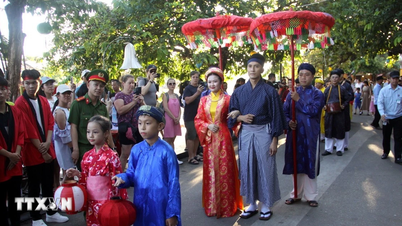


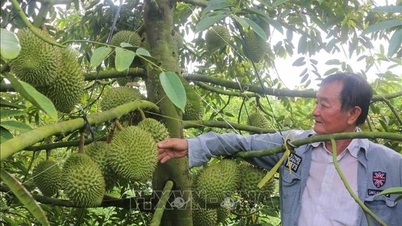
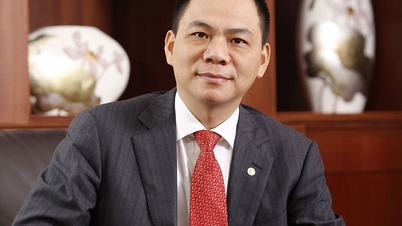

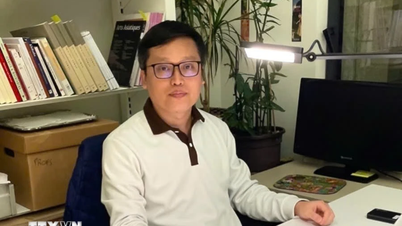
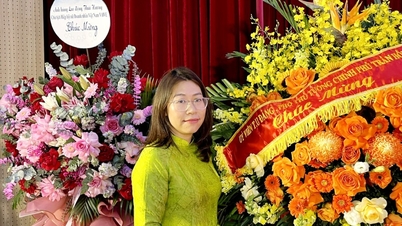

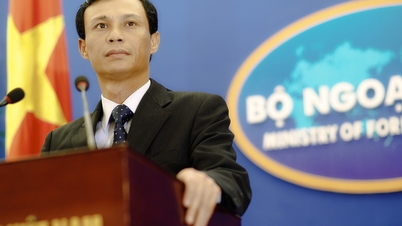





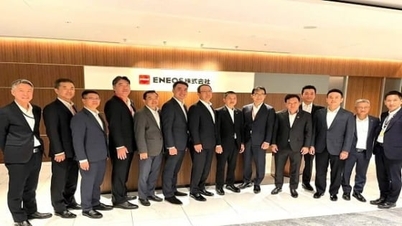


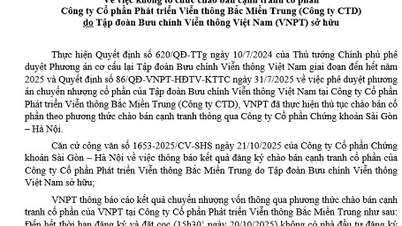






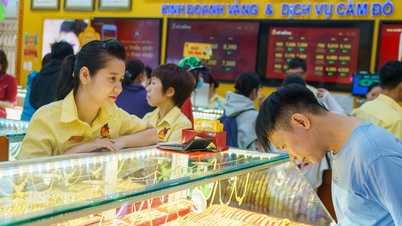

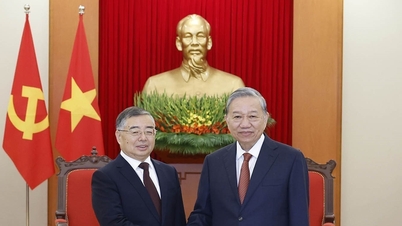
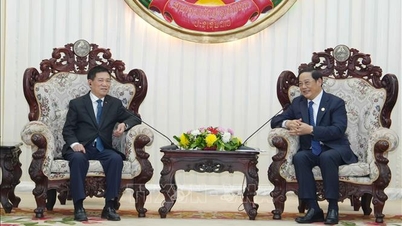


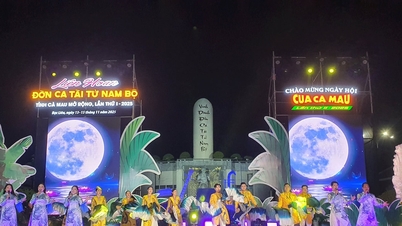




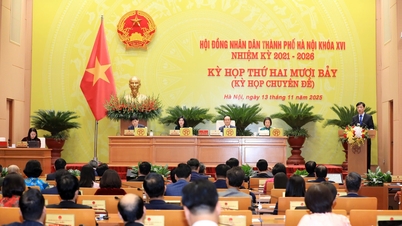

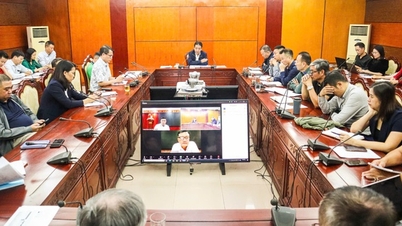

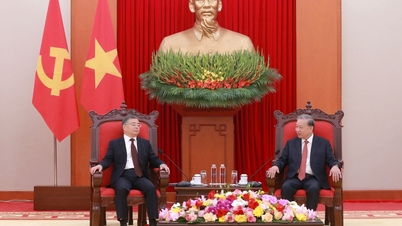
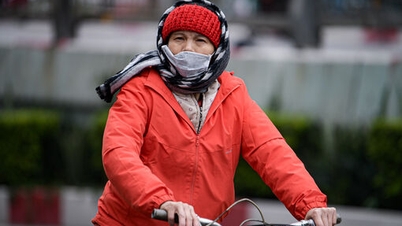



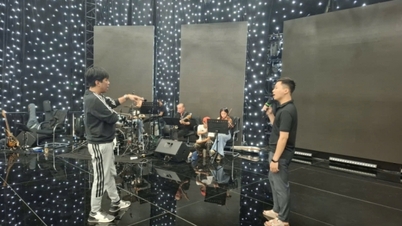

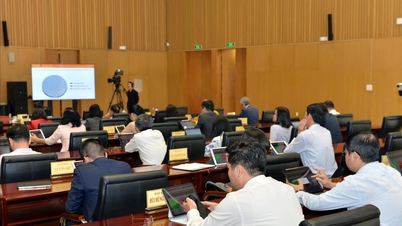

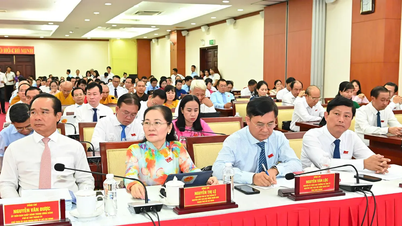








![Dong Nai OCOP transition: [Article 3] Linking tourism with OCOP product consumption](https://vphoto.vietnam.vn/thumb/402x226/vietnam/resource/IMAGE/2025/11/10/1762739199309_1324-2740-7_n-162543_981.jpeg)







Comment (0)